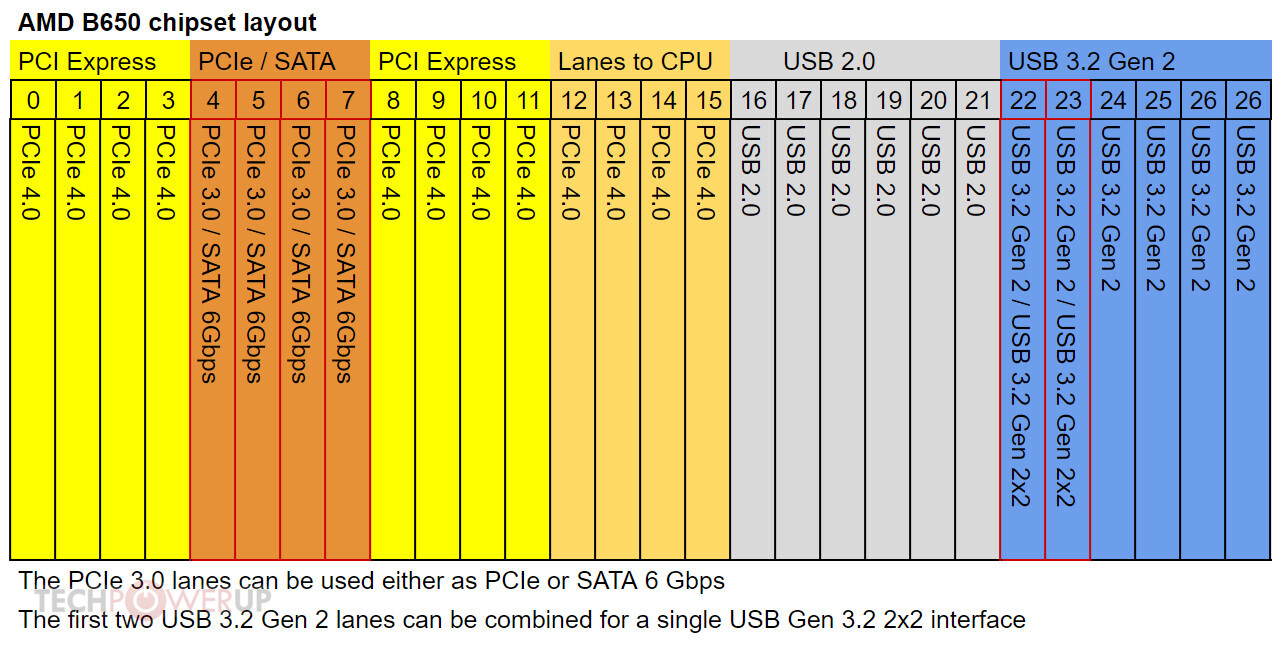- Joined
- Apr 8, 2010
- Messages
- 1,018 (0.18/day)
| Processor | Intel Core i5 8400 |
|---|---|
| Motherboard | Gigabyte Z370N-Wifi |
| Cooling | Silverstone AR05 |
| Memory | Micron Crucial 16GB DDR4-2400 |
| Video Card(s) | Gigabyte GTX1080 G1 Gaming 8G |
| Storage | Micron Crucial MX300 275GB |
| Display(s) | Dell U2415 |
| Case | Silverstone RVZ02B |
| Power Supply | Silverstone SSR-SX550 |
| Keyboard | Ducky One Red Switch |
| Software | Windows 10 Pro 1909 |
Reminds me of Microsoft Mach 10 and Mach 20





